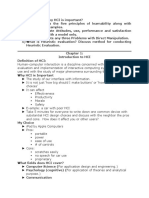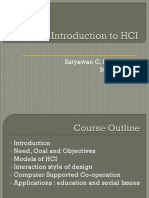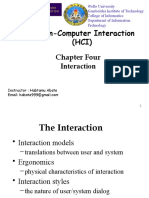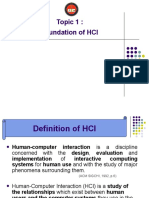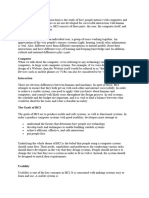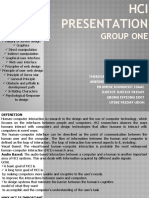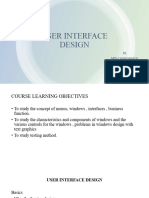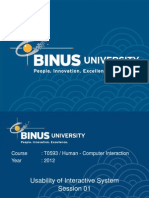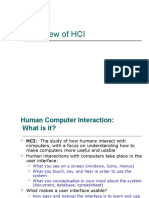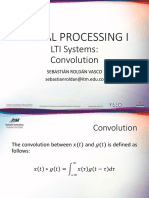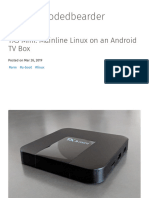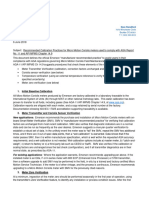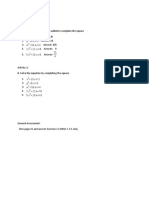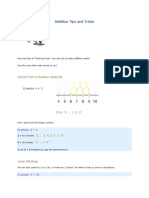0% found this document useful (0 votes)
65 views11 pagesHCI and User Interface Design
This lecture discusses user interface design and human-computer interaction. It covers the fields of HCI, the limitations and capabilities of humans and computers, and different interaction styles like direct manipulation and menus. Guidelines are presented for understanding users and creating usable interfaces. User profiles like novices, experts, and those with disabilities are reviewed to accommodate diversity. Evaluating interfaces is also discussed.
Uploaded by
abdallameme555Copyright
© © All Rights Reserved
We take content rights seriously. If you suspect this is your content, claim it here.
Available Formats
Download as PDF, TXT or read online on Scribd
0% found this document useful (0 votes)
65 views11 pagesHCI and User Interface Design
This lecture discusses user interface design and human-computer interaction. It covers the fields of HCI, the limitations and capabilities of humans and computers, and different interaction styles like direct manipulation and menus. Guidelines are presented for understanding users and creating usable interfaces. User profiles like novices, experts, and those with disabilities are reviewed to accommodate diversity. Evaluating interfaces is also discussed.
Uploaded by
abdallameme555Copyright
© © All Rights Reserved
We take content rights seriously. If you suspect this is your content, claim it here.
Available Formats
Download as PDF, TXT or read online on Scribd
/ 11


